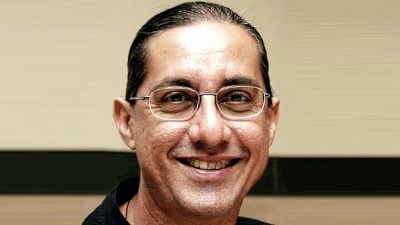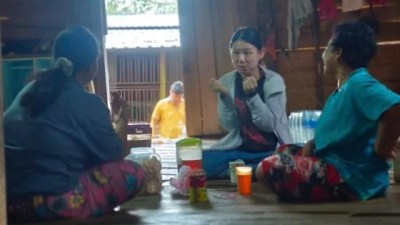
The Government of Malaysia has declared 20 October as National Statistics Day (MyStats Day), and its 2024 theme was “Statistics is the Essence of Life.”
We commend the Government for this and laud the increased sharing of data via OpenDOSM.
This month the Department of Statistics Malaysia (DOSM) released data on persons with disabilities (PwDs) – “Person with Disability Statistics, Malaysia, 2023.”
This was a welcome pioneering DOSM endeavour to bring together data on PwDs from various sources, on a variety of areas including population, health, education, employment, income and expenditure, welfare services and sports.
We support such initiatives and hope that they can grow in scope.
We would like to make a number of suggestions on improving this data set for subsequent publications, as we look forward to annual updates.
Firstly, most of the data presented is from routinely reported and collected data. While this is essential, it limits a full perspective of the situation.
We would be grateful if data from large community surveys were also included.
The Ministry of Health’s National Health and Morbidity Surveys (NHMS) are an excellent source of good community data on the size of the disability community in Malaysia, including by type of disability.
As noted in the DOSM publication on disability, in 2023 only 2.2 per cent of the population is reported as disabled, compared to 24.0 per cent in the United Kingdom, 21.4 per cent in Australia and 13.9 per cent in the US.
The World Health Organisation states that 16 per cent of the population has a disability.
The NHMS 2023 data show that the prevalence of disability was 8.2 per cent and the prevalence of functional difficulty was 21.7 per cent.
These rates offer a more nuanced understanding of the real situation of PwDs than viewing DOSM data in isolation, without easy reference to NHMS data in the same DOSM publication on PwDs.
Secondly, it may be good to verify and explore data that appear unreliable.
For example, under health, it is stated that the number of PwDs receiving health treatment at Ministry of Health (MOH) facilities was 4,551 persons. This must be a very tiny fraction of all the PwDs who use MOH facilities.
Of the more than 65 million hospital admissions, day-care attendance and outpatient attendance in 2023, at least 15 to 30 million would have been PwDs.
Perhaps the “4,551 persons” refers to some small specific entity?
Thirdly, it would be good to enlarge the categories that data for PwDs are collected and presented.
We recommend obtaining data on PwDs’ participation in art, cultural life and recreational activities; a specific section on children with disabilities; a specific section on women and girls with disabilities; a specific section on older persons with disabilities.
Malaysia also needs data on discrimination against PwDs and related access to justice; and on the participation of PwDs in political and public life.
Such data are indicative of Malaysia’s progress in its march towards developed nation status and open sharing of such data supports efforts to strengthen our national standing.
Furthermore, it would be in line with the Convention on the Rights of Persons with Disabilities (CRPD) that Malaysia ratified in July 2010, and the Persons with Disabilities Act, 2008.
Fourthly, we urge DOSM and other government agencies to make PDF and MS Word documents, as well as apps, infographics, e-posters and websites accessible for PwDs in line with international Web Content Accessibility Guidelines (WCAG) 2.2 requirements.
To make PDF files into documents that screen readers can access, structure the documents in a clear, simple structure and logical reading order with document tags; use the built-in accessibility features in the PDF editing software; use fewer colours with more readable fonts and better spacing; use alternative (alt) text descriptions for non-text elements like images, graphs, and videos.
These simple changes, once introduced as standard practice, would help ensure that all Malaysians can access and read these data publications.
Perhaps DOSM could also consider releasing, in addition, an easy-read version to enable access by many laypersons with varying levels of literacy, while enabling those with intellectual and cognitive disabilities to benefit.
We reiterate our warm appreciation to the Department of Statistics Malaysia for its commendable initiative and look forward to more civil society engagement in its data work towards improving understanding of the situation of persons with disabilities in Malaysia.
Click for list of signatories.
ADVERTISEMENT
ADVERTISEMENT







































